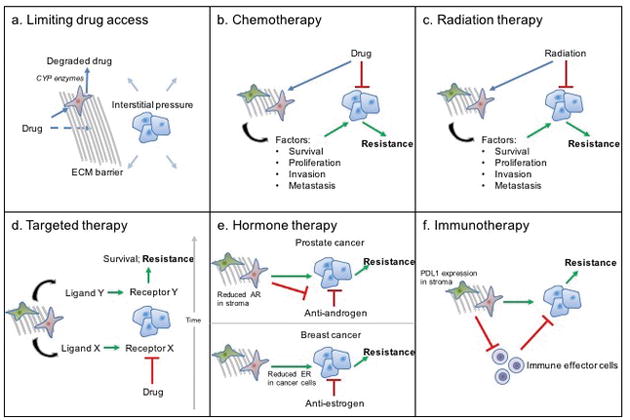Figure 2. Tumour stroma-mediated chemoresistance.

In response to anticancer therapy, the tumour stroma mediates resistance to therapy and disease recurrence. a | Dense fibrosis causes limited access of cancer cells to therapeutic agents in three ways: creating an extracellular matrix (ECM) barrier that such agents cannot diffuse through; promoting stromal cytochrome P450 (CYP)-mediated degradation of drugs; and increasing interstitial pressure that prevents therapeutic agents from entering the tumour. b | In response to chemotherapy or c | radiation therapy, cancer-associated fibroblasts (CAFs) and mesenchymal stromal cells (MSCs) secrete different growth factors, cytokines, and chemokines that promote cancer-cell survival, proliferation, invasion, and metastasis, leading to resistance. d | Targeted inhibition of a specific pathway (ligand–receptor X) results in the stromal secretion of new ligands (ligand–receptor Y), resulting in survival and resistance. e | In prostate cancer, decreased androgen receptor (AR) expression in the stroma leads to resistance to androgen-deprivation therapies. In breast cancer; the stroma promotes decreased oestrogen receptor (ER) expression in cancer cells, leading to resistance to antihormonal therapies. f | CAFs, MSCs, and ECM suppress effector immune cell activation and tumour infiltration.
